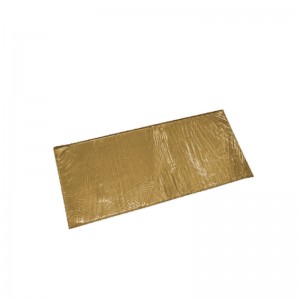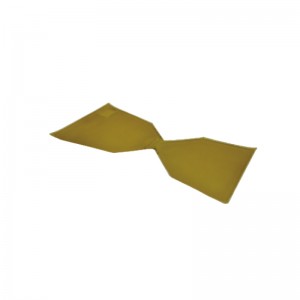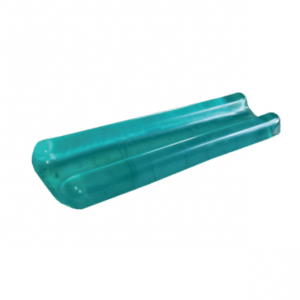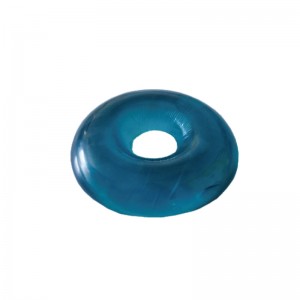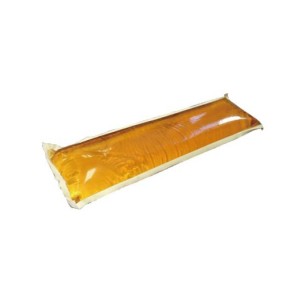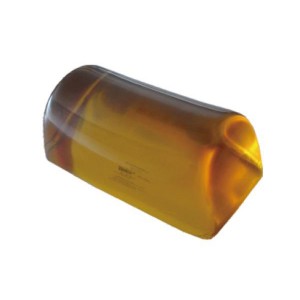
Table pad ORP-TP
Table pad ORP-TP
Model: ORP-TP
Function
1. Placed on operation table to protect patient from pressure sores and nerve damage. Distribute the patient's weight on the entire surface
2. Suitable for surgery in different positions
3. Soft, comfortable and versatile
4. Ensure patient comfort by insulating them from cold, hard table surfaces
| Model | Dimension | Weight |
| ORP-TP-01 | 10 x 8 x 0.5cm | 42.8g |
| ORP-TP-02 | 43.5 x 28.5 x 1cm | 1.4kg |
| ORP-TP-03 | 53 x 25 x 1.3cm | 1.55kg |
| ORP-TP-04 | 187 x 53 x 1cm | 13.5kg |
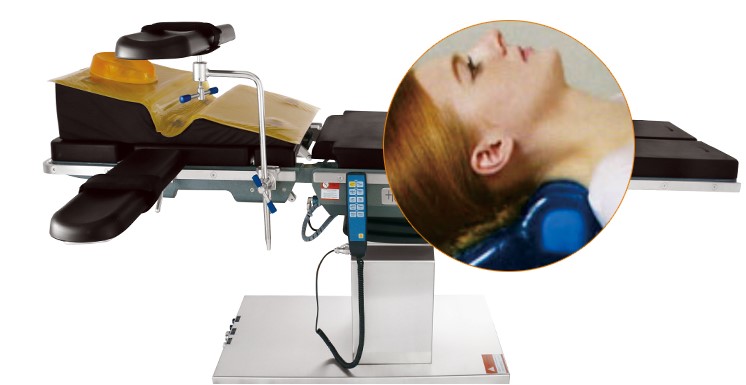
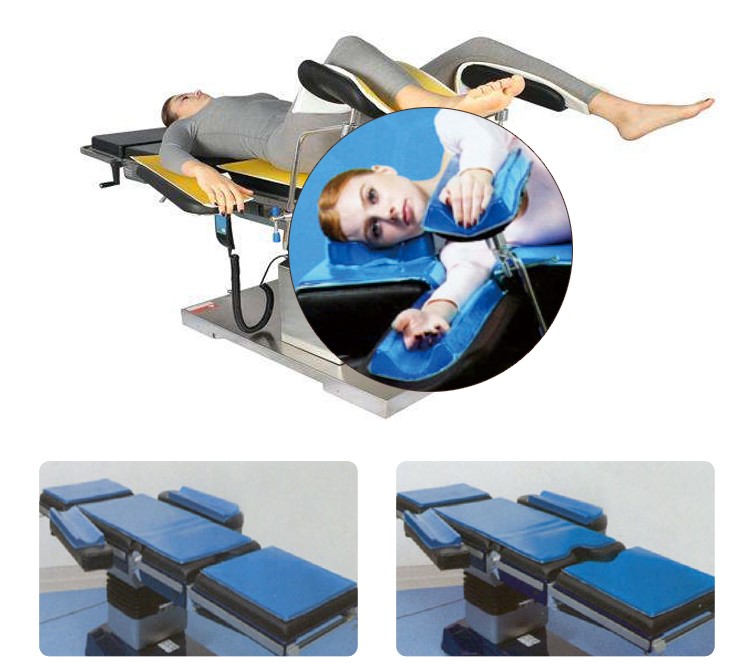
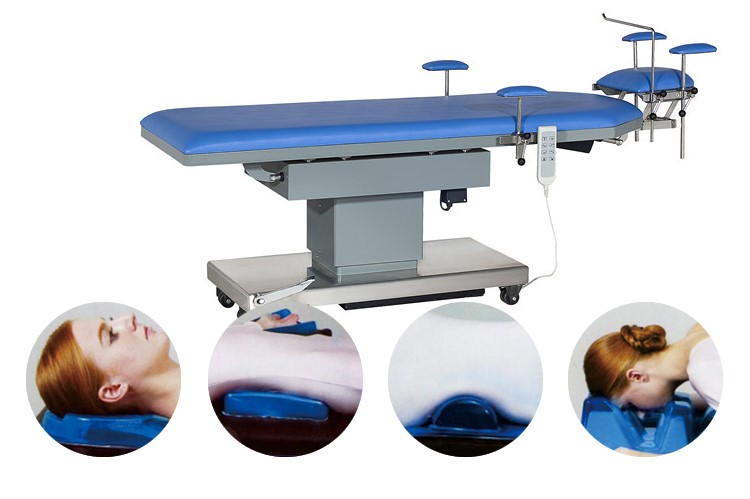
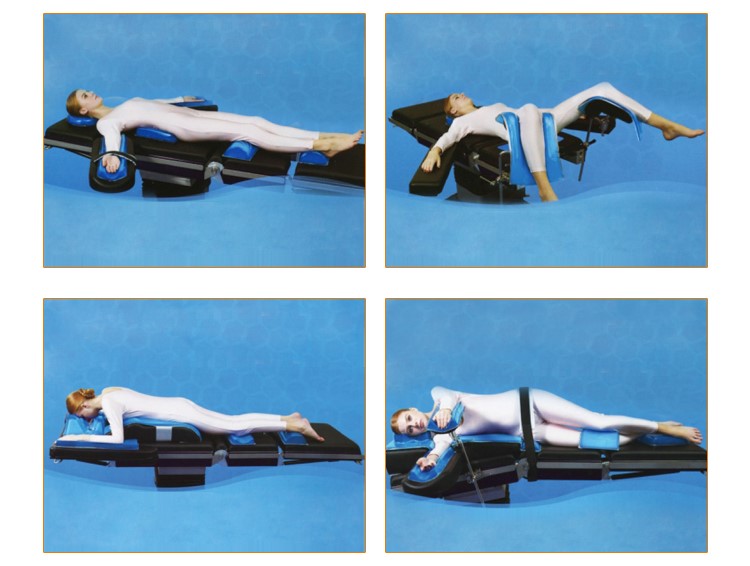
Product parameters
Product Name: Positioner
Material: PU Gel
Definition: It is a medical device which is used in an operating room to protect patient from pressure sores during surgery.
Model: Different positioners are used for different surgical positions
Color: Yellow, blue, green. Other colors and sizes can be customized
Product characteristics: Gel is a kind of high molecular material, with good softness, support, shock absorption and compression resistance, good compatibility with human tissues, X-ray transmission, insulation, non-conductive, easy to clean, convenient to disinfect, and does not support bacterial growth.
Function: Avoid pressure ulcer caused by long operation time
Product characteristics
1. The insulation is non-conductive, easy to clean and disinfect. It does not support bacterial growth and has good temperature resistance. The resistance temperature ranges from -10 ℃ to +50 ℃
2. It provides patients with good, comfortable and stable body position fixation. It maximizes the exposure of the surgical field, reduce the operation time, maximize the dispersion of pressure, and reduce the occurrence of pressure ulcer and nerve damage.
Cautions
1. Do not wash the product. If the surface is dirty, wipe the surface with a wet towel. It can also be cleaned with neutral cleaning spray for better effect.
2. After using the product, please clean the surface of the positioners on time to remove dirt, sweat, urine, etc. The fabric can be stored in a dry place after drying in a cool place. After storage, do not put heavy objects on top of the product.
Using table pad can prevent pressure sores.
What is pressure sores?
Pressure sores are also called bedsores, pressure ulcers and decubitus ulcers — are injuries to skin and underlying tissue resulting from prolonged pressure on the skin. Pressure sores most often develop on skin that covers bony areas of the body, such as the heels, ankles, hips and tailbone.
Surgery makes patients more vulnerable to pressure ulcers. What makes the operating room (OR) likely place for skin breakdown and pressure ulcer formation? Prolonged pressure, friction and shearing.
And the longer patients are lying down for surgery, the greater their chance of acquiring pressure ulcers on the skin that covers bony areas of the body, such as the heels, ankles, hips and tailbone. Remember, like most things, it is more cost-effective to prevent pressure ulcers than to treat them. Bedsores can develop over hours or days. Most sores heal with treatment, but some never heal completely.
Patients undergoing surgery will often be temporarily at higher risk of pressure ulceration due to a combination of their comorbidities and the need to be immobilised and anaesthetised to prevent pain and to allow the procedure to take place.
How to prevent pressure ulers during surgery?
Pressure redistribution due to the importance of positioning patients for surgery, it can be difficult to turn or move patients during an operation. Positioning is often key to allowing the surgeon and anaesthetist to carry out the procedure as safely as possible. However, care must be still taken when placing patients into position, to avoid straining joints and, where possible, positions that impact on blood flow. High-risk areas should be identified before the patient is positioned, to allow pressure-reducing devices to be put in place. A pressure-redistributing mattress for example table pad (Model no.: ORP-TP) should be used to protect the back and sacrum (depending on position). As pressure ulcers most often occur over bony prominences, these sites should be checked once the patient is in position, and appropriate pressure re distribution products put in place.


